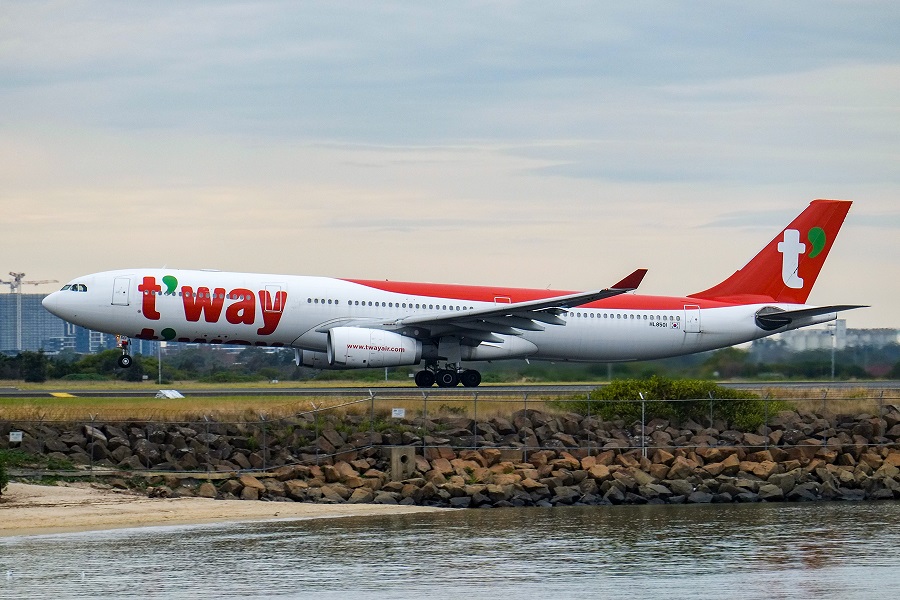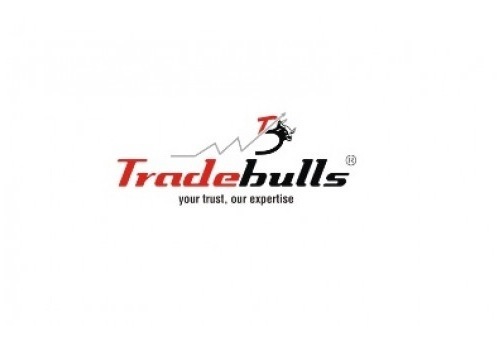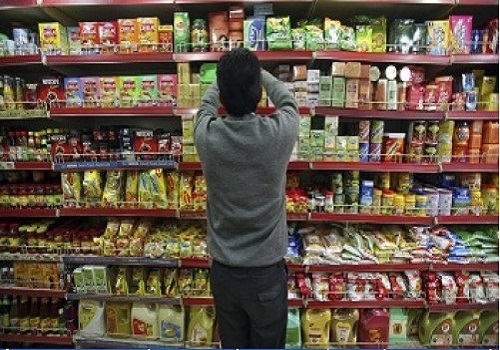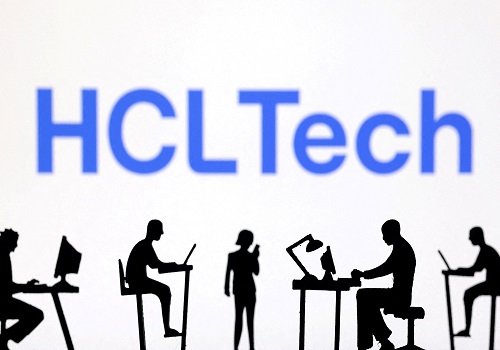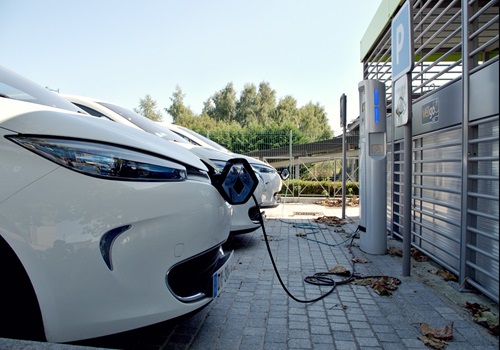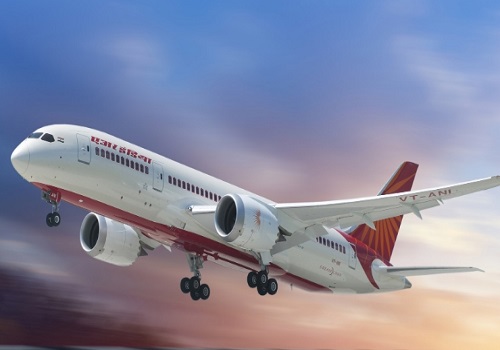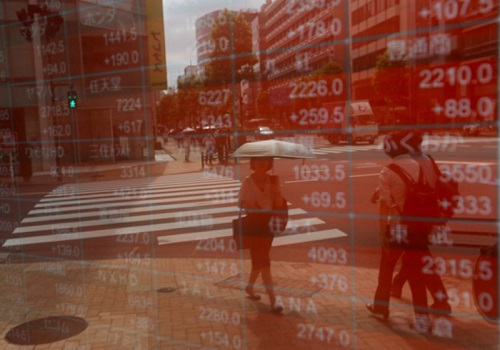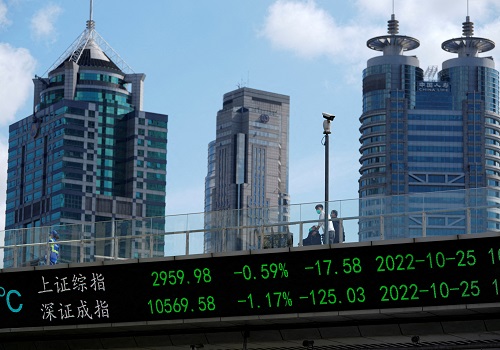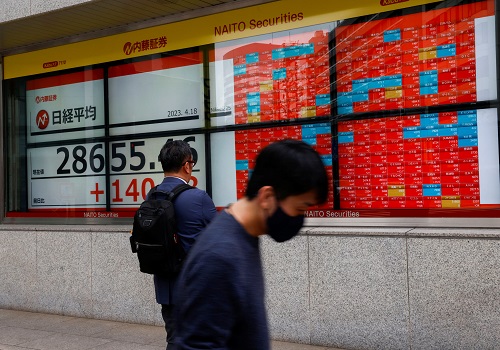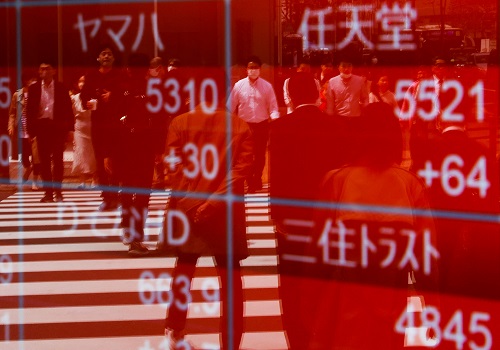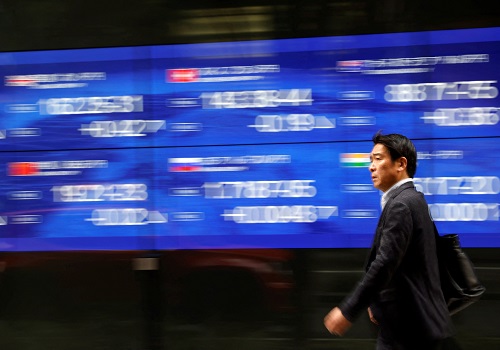Asia shares hesitant, yen slide stokes intervention risk
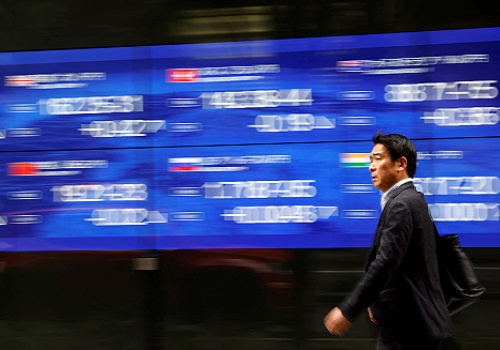
Asian shares hesitated on Wednesday as surprisingly upbeat U.S. economic news warred with global growth concerns, while the embattled yen hit a 15-year low on the euro and Japan hinted at intervention to prevent further losses.
The strength of U.S. data also combined with hawkish commentary from the European Central Bank to undermine bonds as markets narrowed the odds on further rate hikes.
That only heightened attention on a star-studded panel of central bankers later in the day in Portugal which includes Federal Reserve Chair Jerome Powell, ECB head Christine Lagarde and Bank of Japan Governor Kazuo Ueda.
"The U.S. data signals continued resilience in interest rate sensitive sectors, and the Fed is very clear that a period of sub-trend activity may be needed to bring inflation under control," said analysts at ANZ. "So far, that doesn't seem to be happening."
"For the ECB, senior officials signalled the need for ongoing tightening unless core inflation slows materially and a September rate hike is looking increasingly on the cards."
The rate risk kept markets cautious and MSCI's broadest index of Asia-Pacific shares outside Japan was barely changed.
Chinese blue chips dipped 0.2%, having bounced on Tuesday as officials talked up the prospects for growth.
Japan's Nikkei outperformed with a rise of 0.7%, aided by the weakness of the yen.
Nasdaq futures eased 0.4%, dragged by a Wall Street Journal report Washington was considering new restrictions on exports of artificial intelligence chips to China. Shares in Nvidia fell 3% after the bell.
S&P 500 futures dipped 0.2%, though that followed solid gains on Tuesday as U.S. data on housing, durable goods orders and consumer sentiment handily topped expectations.
"The data indicated a firmer pace of residential, inventory, and equipment investment in the second quarter," wrote analysts at Goldman Sachs. "We boosted our Q2 GDP tracking estimate by 0.4pp to +2.2%."
That resilience offset recent softness in manufacturing surveys and led the market to narrow the odds on a July rate hike from the Federal Reserve.
Futures now imply around a 77% chance of a hike to 5.25-5.5%, and slightly more risk of a further move to 5.5-5.75%, which nudged short-term Treasury yields higher.
EURO ON THE RISE
Bond yields also moved sharply higher in Europe after a bevy of central bankers sounded hawkish on inflation and warned rates would likely have to stay higher for longer.
Markets imply a 90% probability of a rate hike to 3.75% in July and a peak around 4.0%.
The euro responded by climbing to $1.0957, while surging on the low-yielding yen to a 15-year peak of 157.97.
The dollar rose to a near eight-month peak of 144.18 yen, before easing back to 143.87 as Japanese officials again protested the weakness in the yen.
Japan's top currency diplomat Masato Kanda on Wednesday warned against further falls in the yen, saying authorities would take an appropriate response if moves became excessive.
Markets are wary in case Japan intervenes to buy the yen as they did last October, when they knocked the dollar down from a top of 151.94 to as low as 144.50 in a matter of hours.
Yet, a rally in the yen looks unlikely while the Bank of Japan maintains its super-easy monetary policy.
"Following BOJ Governor Ueda's consistently dovish message and weak Japanese wage growth, market participants now lack the conviction the BOJ will soon tighten its monetary policy," said Carol Kong, a currency strategist at CBA.
"So we now see a higher risk Japanese authorities will step into the market to prop up the JPY."
In commodities, gold steadied at $1,915 an ounce, after finding support at the recent three-month low of $1,909.99. [GOL/]
Oil prices edged up after data showed a larger-than-expected draw in U.S. crude and gasoline inventories, but remains uncomfortably close to its lows for the year so far. [O/R]
Brent firmed 33 cents to $72.59 a barrel, while U.S. crude rose 29 cents to $67.99 per barrel.



